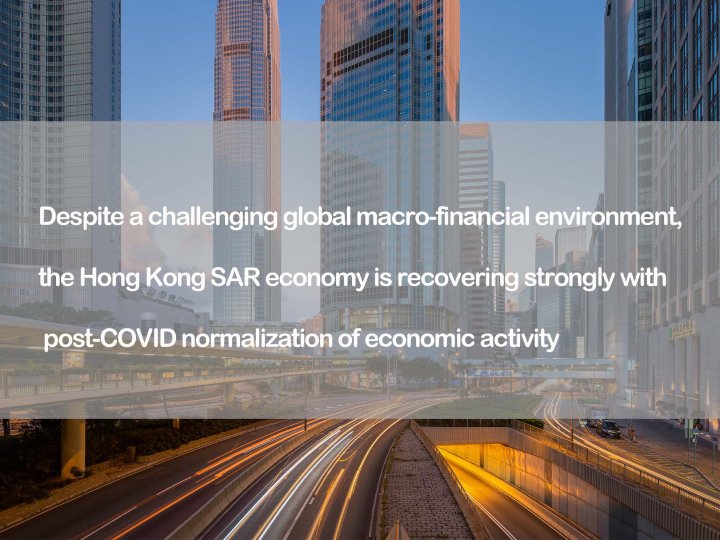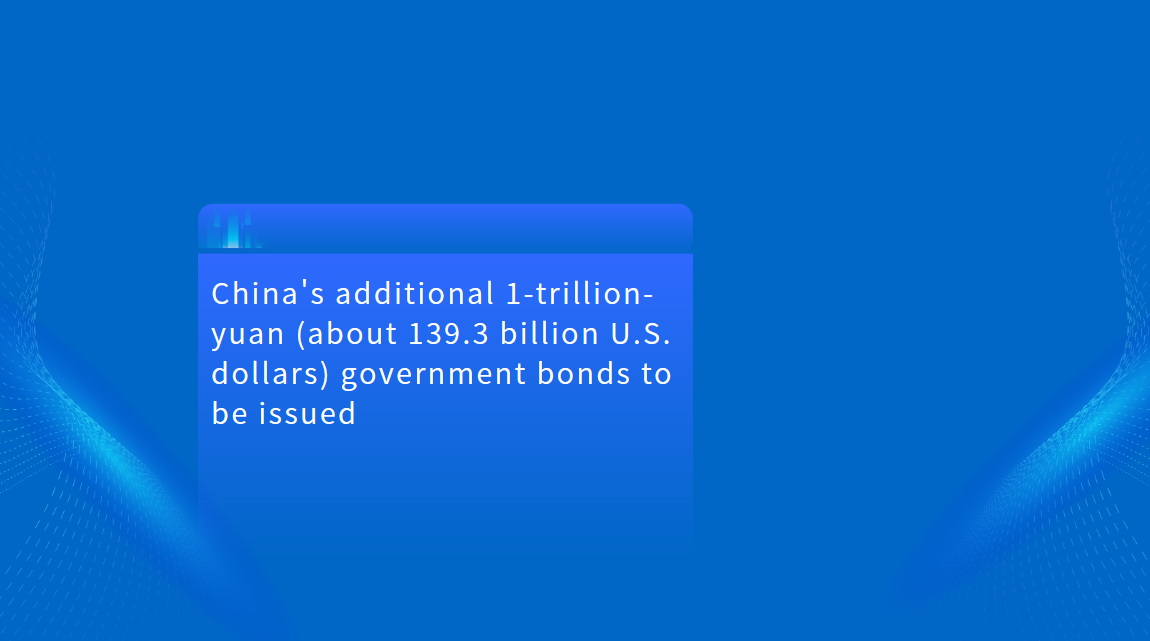A Surge in Foreign Reinvestment: How China's Tax Deferral Policy is Shaping 2024 Investment Trends
China's tax deferral policy, introduced to encourage reinvestment by foreign enterprises, has yielded impressive results in 2024, demonstrating the nation’s ongoing appeal as an investment hub. According to recent data from the State Taxation Administration, foreign reinvestment in China reached 162.28 billion yuan (approximately 22.63 billion U.S. dollars) last year, marking a robust 15% year-on-year increase.
Tax Deferral Policy: A Catalyst for Foreign Investment
The tax deferral policy exempts overseas investors from withholding income tax on profits earned from Chinese resident enterprises when those profits are directly reinvested in domestic projects. This move aims to stimulate foreign capital flow into China's growing markets, particularly in industries aligned with government initiatives such as the Belt and Road Initiative (BRI).
Notably, foreign investors from BRI partner countries saw substantial gains. Reinvestment from these investors surged by nearly 96% in 2024, with significant contributions from Singapore and South Korea, whose reinvestments grew by 140% and 66.5%, respectively. This aligns with China's broader geopolitical and economic strategy of fostering closer economic ties with BRI nations.
Reinvestment Trends: Shifting Sectors and Geographies
The distribution of reinvestment is also becoming more diversified. In 2024, funds flowed into 68 different industrial sectors, an increase of three sectors from the previous year. Noteworthy growth areas included specialized equipment manufacturing and pharmaceutical production, which attracted reinvestment amounts that surged by 130% and 24%, respectively. These sectors are crucial for China's industrial upgrading and demonstrate the continued strength of its manufacturing and healthcare industries in the global value chain.
Another interesting development is the growing attraction of China's western regions. Reinvestment in the Northwest and Southwest provinces jumped by 60.6%, reflecting a broader strategy to drive development outside of China's traditionally dominant coastal areas. This shift could present new opportunities for foreign companies looking to tap into the untapped potential of China's less developed regions, which are now seeing stronger infrastructural and policy support.

A Reflection of China's Resilience and Market Appeal
Experts point out that the stable growth of foreign reinvestment is indicative of China's resilience amid global economic uncertainties. According to Chen Bin, Vice President of Central University of Finance and Economics, the continuous effectiveness of policies like tax deferral solidifies China's position as a magnet for foreign investment. He emphasized that these policies not only make China an attractive destination for capital but also ensure that foreign enterprises are more likely to stay, thrive, and reinvest in the country's economy.
Looking Ahead
As China's economy continues to adapt to global changes, policies such as tax deferral are expected to remain key drivers of foreign capital inflows. Investors outside of China, particularly in Europe and North America, should consider how these incentives might impact their strategic investments in the region. With growing demand in sectors like advanced manufacturing and healthcare, now may be the right time for foreign businesses to reconsider their presence in China, especially given the country's sustained economic momentum.
In conclusion, China's tax deferral policy offers substantial financial advantages, and the trends of 2024 suggest a robust path forward for foreign reinvestment in the years to come. As these policies continue to evolve, China's market will likely become an even more attractive proposition for foreign companies, reinforcing its position as a global economic powerhouse.





















































First, please LoginComment After ~